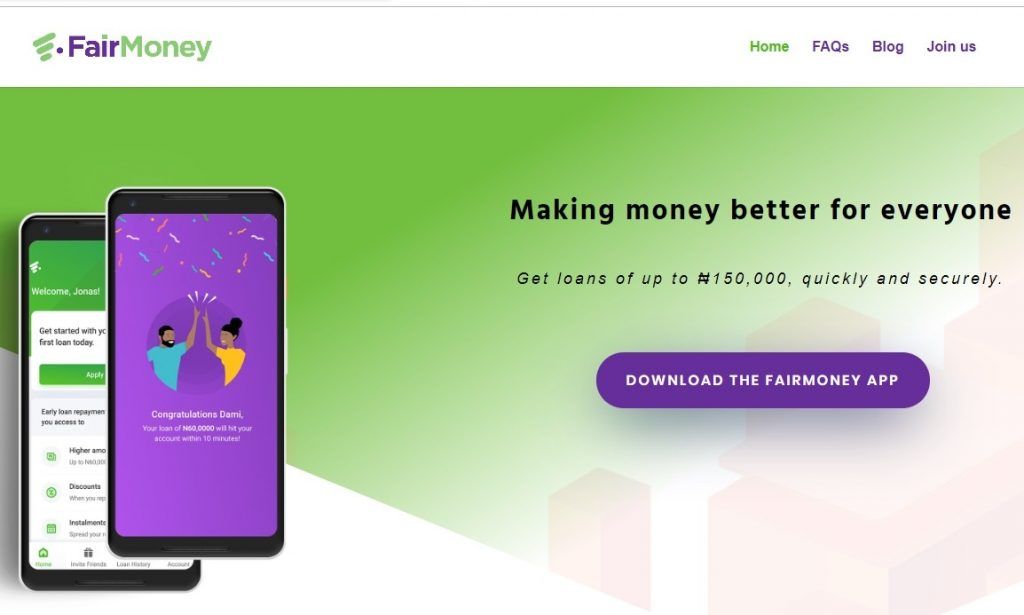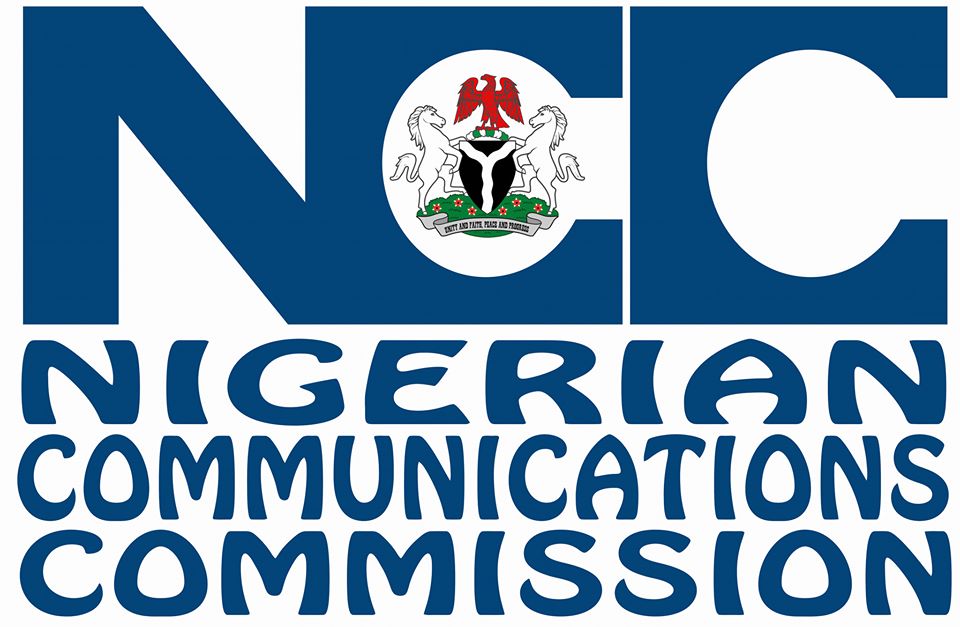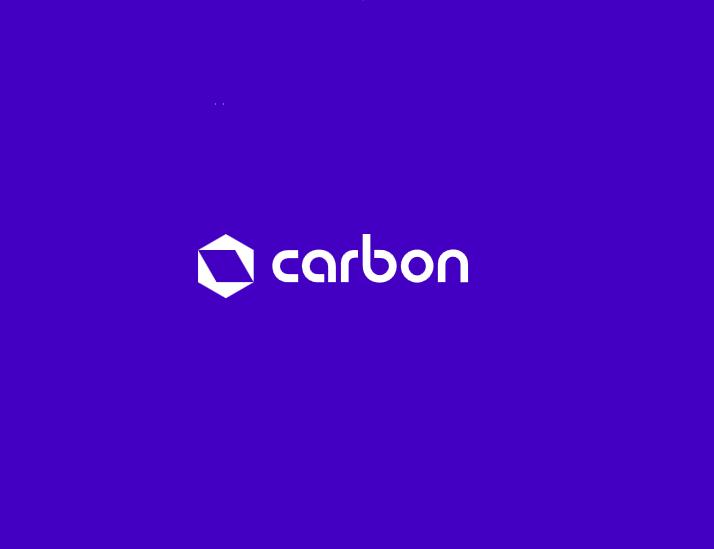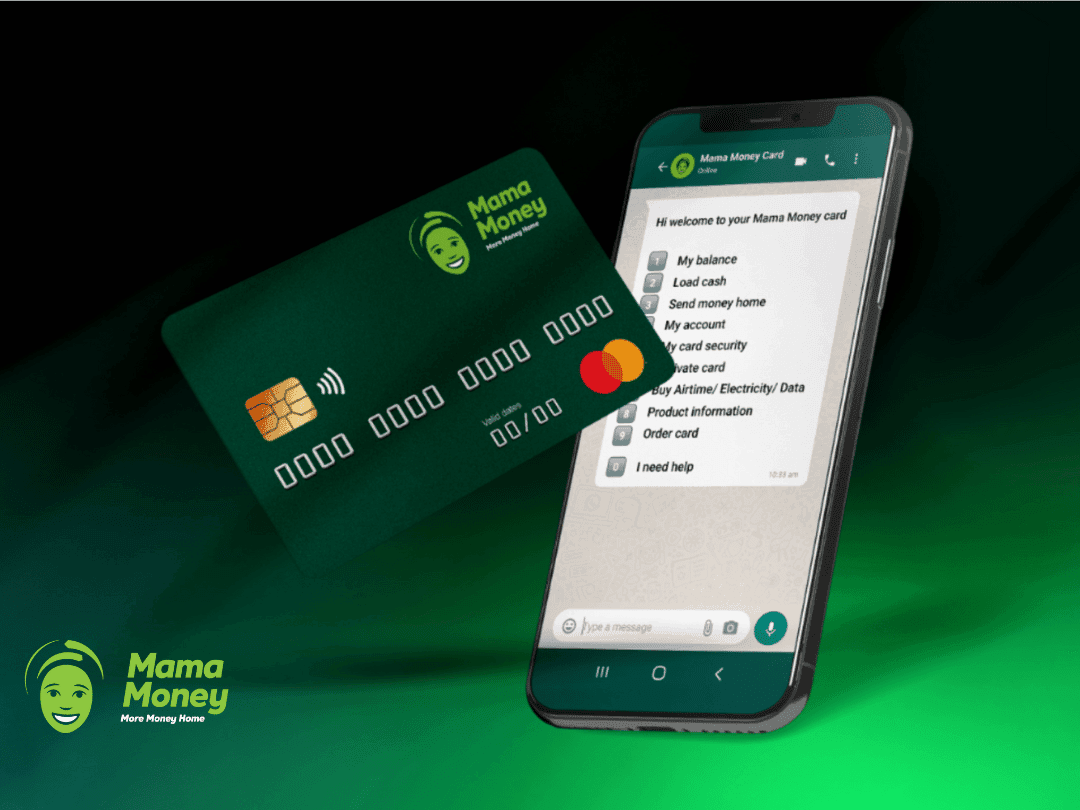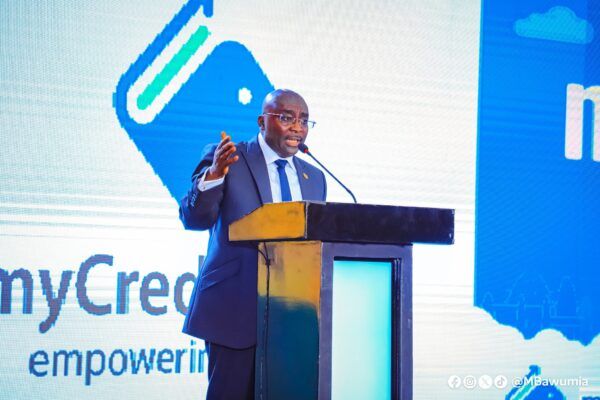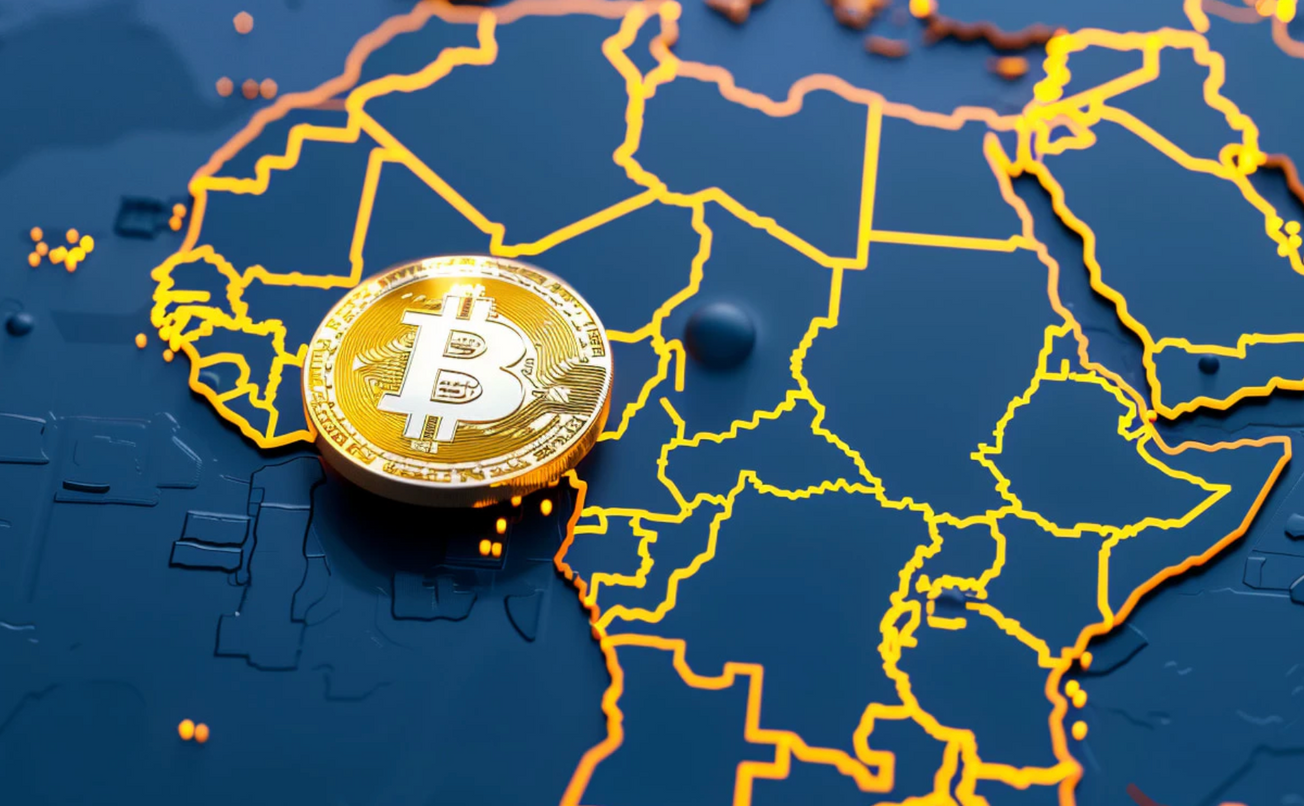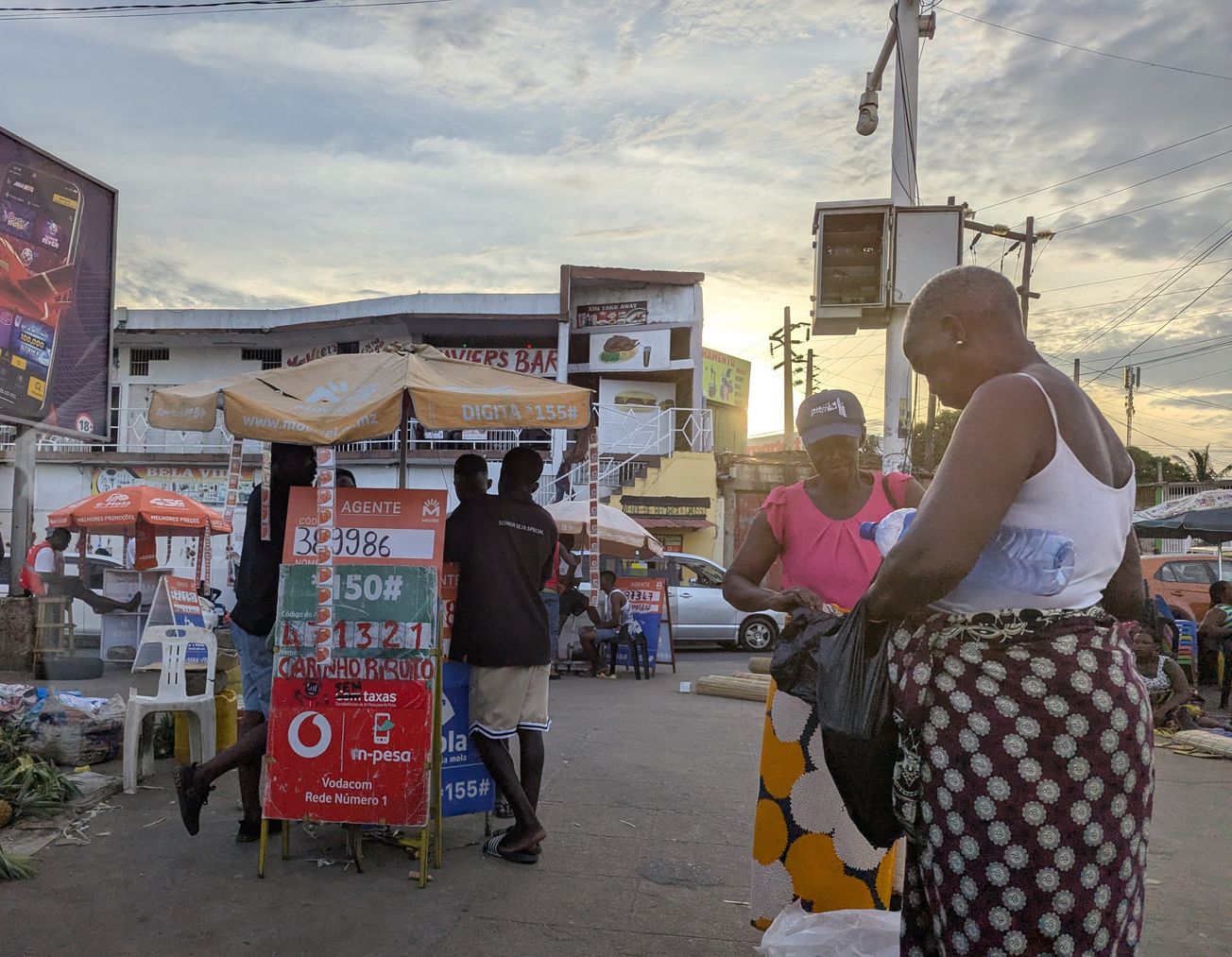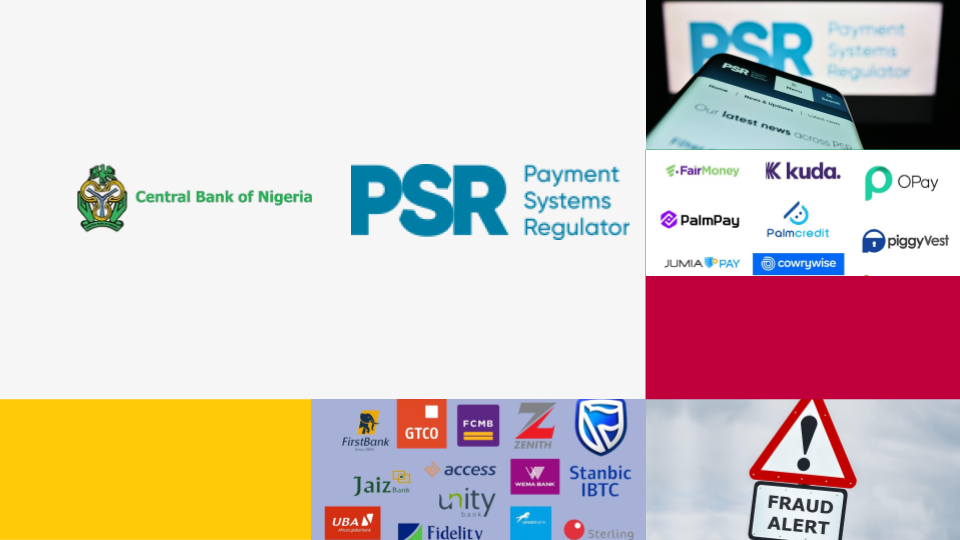Financial services inclusion is a great challenge globally. Over 1.7 billion people are underbanked globally - majority of which are from emerging markets. These people find it hard to access loans, a problem fintechs are trying to solve now, like FairMoney. One way these fintechs (like FairMoney) do it is by promoting financial inclusion by underwriting credit via a proprietary algorithm.
FairMoney describes itself as “the mobile banking revolution for emerging markets.” The company, founded by Laurin Hainy, Matthieu Gendreau and Nicolas, is a licensed online lender that provides instant loans and bill payments to underserved consumers in emerging markets.
The company set up shop in India, Asia’s second-most populous country in August 2020, three years after launching its mobile lending service in Africa's most populous nation, Nigeria.
FairMoney, before expanding, experienced exponential growth in Nigeria in terms of loans disbursement. It disbursed a total loan volume of $93 million last year, representing a 128% increase from 2019 and a staggering 3,189% growth rate from its first year of operation in 2018. The company is projecting a $300 million loan disbursement volume by the end of 2021, as it stands.
Hainy, the company's CEO, said: “I think we’ve been able to disburse 25-30% more than some of our competitors and I think we’re a market leader.” However, it is still far behind in comparison with traditional banks. When compared with traditional banks, it was the seventh-largest digital financial services provider in that area.
The company has come a long way since launching in Nigeria in 2017. From having a little over 100,000 users in its first year of operation to currently claiming to have 1.3 million unique users who have made over 6.5 million loan applications. FairMoney offers loans starting from ₦1,500 ($3.30) to ₦500,000 ($1,110.00) with its longest loan facility standing at 12 months. Annual percentage rates fall within 30% to 260% — the high APR, Hainy says, is due to higher default rates in Nigeria. FairMoney also claims to have an NPL ratio lower than 10%.
According to Hainy, expanding to idea was a choice made through data-driven insights. Nigeria and India are similar markets. In India, only about 36% of adults have access to credit. As a result, there is an untapped market of about 141 million people not served by microfinance banks. However, unlike Nigeria, India has better unit economics for the lending business and a more friendly regulatory environment.
To Hainy, having an ambition to build the leading mobile bank for emerging markets requires starting with very large markets. He said: “We tested our products in 10 different markets checking out for things like what the yield economics is like, NPLs, cost of risk, customer acquisition cost, cost of infrastructure and India stood out to us.”
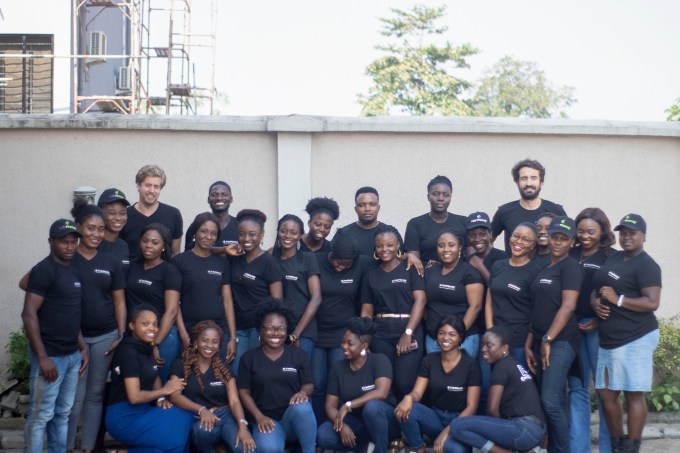
FairMoney, following its expansion six months ago into India, claims to have processed more than half a million loan applications from over 100,000 unique users. This number trickles down to 5,000-6,000 loan applications per day with APR standing at 12-36%. The company has achieved this with zero ad spend or marketing, according to Hainy.
The company does not have any other emerging market in sight to expand to after India, at least for now, according to Hainy. The company's focus for now is to move from a credit-led value proposition to a full financial service provider, deepen its verticals, and replicate Nigeria’s growth in India for now. The company, while starting out as a lender, plans to become a full commercial bank in Nigeria.
Nigeria and India in focus:
Population: 200.9 million, as compared to India's 1.366 billion (2019)
GDP: $448.12 billion, as compared to India's $2.8 trillion (2019)
GDP Per Capita: $2,229, as compared to India's $2,099 (2019)


